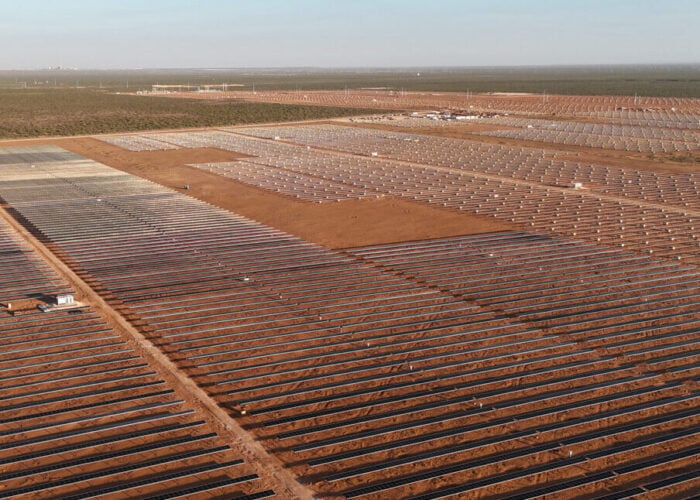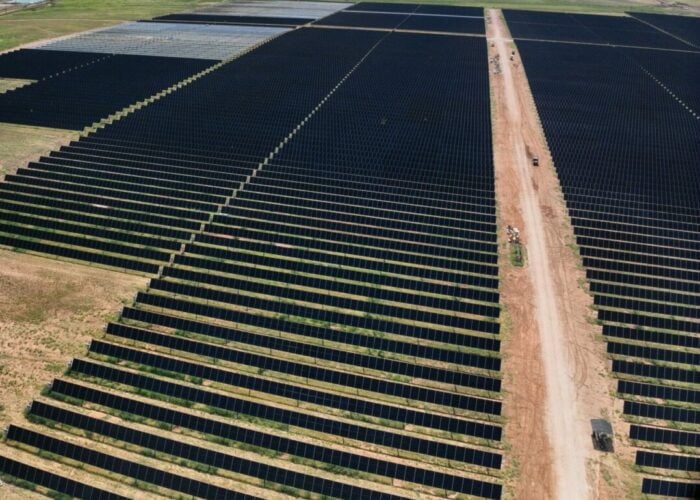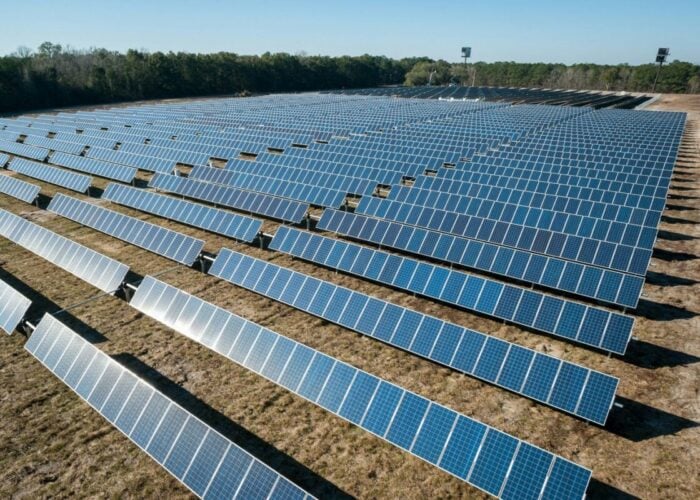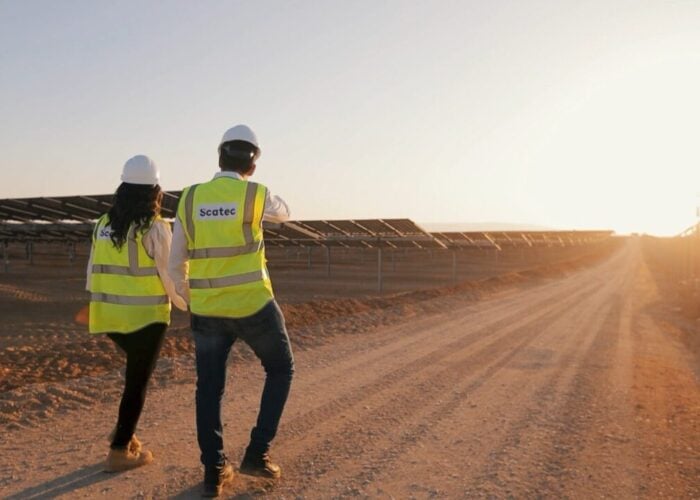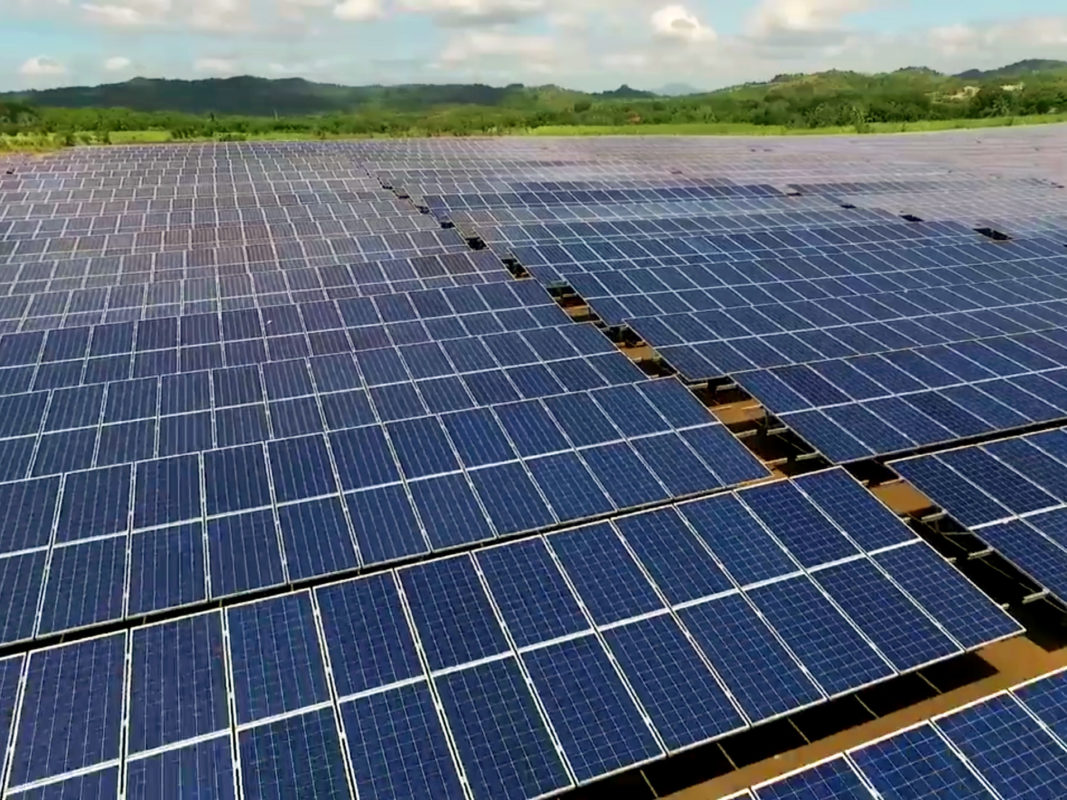
Utility-scale solar projects and hundreds of other power projects in the Philippines are being held up by pending approvals at the Energy Regulatory Commission (ERC), a problem compounded by last week’s dismissal of ERC chairman Jose Vicente Salazar for grave misconduct related to allegations of corruption.
ERC, which is already lacking in manpower, is in further trouble after the Philippine Congress recently slashed its 2018 budget down to 1000 pesos (US$20) in September, in line with President Rodrigo Duterte's instruction to abolish the regulatory body.
Try Premium for just $1
- Full premium access for the first month at only $1
- Converts to an annual rate after 30 days unless cancelled
- Cancel anytime during the trial period
Premium Benefits
- Expert industry analysis and interviews
- Digital access to PV Tech Power journal
- Exclusive event discounts
Or get the full Premium subscription right away
Or continue reading this article for free
Despite the problem, at least one solar firm has ploughed on with building projects without ERC-regulated utility PPA's, while other commentators have cited the unregulated and corporate solar PPA markets in the Philippines as thriving.
Local PV manufacturer, developer and storage firm Solar Philippines for example announced publicly that it would go ahead with construction of two projects for which it has signed PPA's with major utility Manila Electric Company (Meralco), but which have not yet been approved by ERC.
Leandro Leviste, founder and CEO of Solar Philippines, told PV Tech that the firm’s decision is in the interest of delivering solar to consumers on schedule notwithstanding bureaucratic delays.
The first 50MW Tanauan project, whose PPA was signed in September 2016, has been waiting for approval for 12 months. The second 150MW Tarlac plant was signed this month and also awaits ERC approval.
Leviste said: “Our company has taken the risk of constructing projects in good faith even if ERC approval on the PPA's are not yet in place. This is the kind of merchant risk that developers in the Philippines must be willing to take.”
If the contracts are still not approved by the commission date then Solar Philippines will sell the power on the Wholesale Electricity Spot Market (WESM) while awaiting bilateral contract approval.
Leviste said this was possible because the PPA rates were already so low – at US$0.058/kWh the lowest solar tariff in the country to date – as to be almost level with average spot market prices. Similarly striking is the fact that these are the first projects to be built since the end of the feed-in tariff (FiT).
Leviste added: “This suggests that the Philippines has much potential for developers able to make projects viable at such low prices, which presumably could set a benchmark for solar across the region. Gone are the days of FiT's, as Southeast Asia now catches up to record-low prices worldwide.”
Other commentators have also said that despite the short-term hiccup around approvals, the Philippines remains one of the most attractive solar markets in the ASEAN region in the long-term. This is particularly driven by the more than 7,000 islands in the country’s reach, which often defy conventional grid networks and open up huge opportunities for solar PV.
Yellow Alert
However, for now, with the Luzon grid recently brought to a yellow alert, there are fears that there won’t be enough power capacity for the region by next summer if the PPA approvals for power projects of all technologies continue to face delays.
Reynaldo Casas, president, Confederation of Solar Developers of the Philippines, and president of nv vogt Philippines, told PV Tech that the ERC, despite not having a chairman, is still moving slowly at this time and noted that the other commissioners have been responsible in taking over and have shown competence.
However, Casas also said: “The complication is not just limited to ERC, it’s the interaction with other government agencies that’s affecting all others.”
He added that the Department of Energy’s (DOE) level of focus on renewable energy needs to be heightened and the Confederation is working with DOE to improve this.
Franck Constant, president of renewables and storage investment platform Constant Energy, also noted that due to mixed expectations between the regulator and the IPPs the government is unlikely to launch any new feed-in tariffs (FiT) in the next six months.
He said that most action in the Philippines right now is happening in the residential rooftop and corporate PPA sector, but utility-scale will pick up again in the long-term.
The industry is also waiting for the DOE to pass its promised rules on Renewable Portfolio Standards and the Green Energy Option, a scheme to allow end-users the option to choose renewables as their source of energy.
This hiatus and lack of regulatory certainty is further tipping the balance towards >1MW opportunities in the unregulated market in the Southeast Asian country. These could be with behind-the-meter customers or with grid-connected merchant or contestable off-takers.
Leviste, Constant and Casas will all be speaking at the Solar and Off-grid Renewables Southeast Asia conference in Bangkok on 20-21 November.

